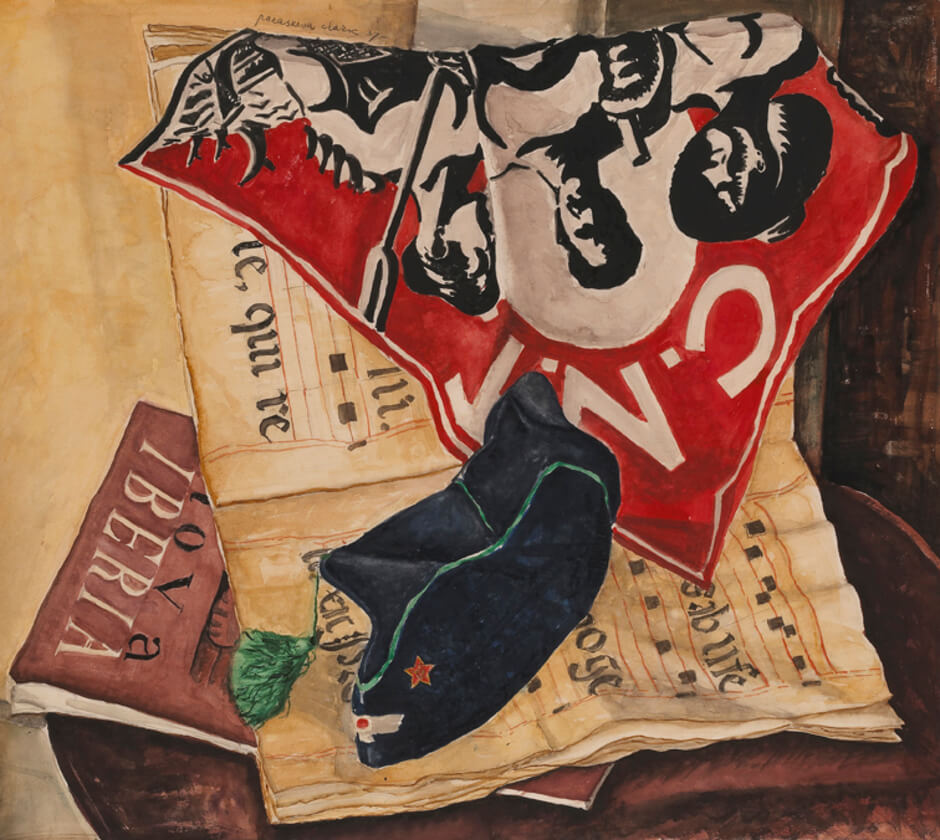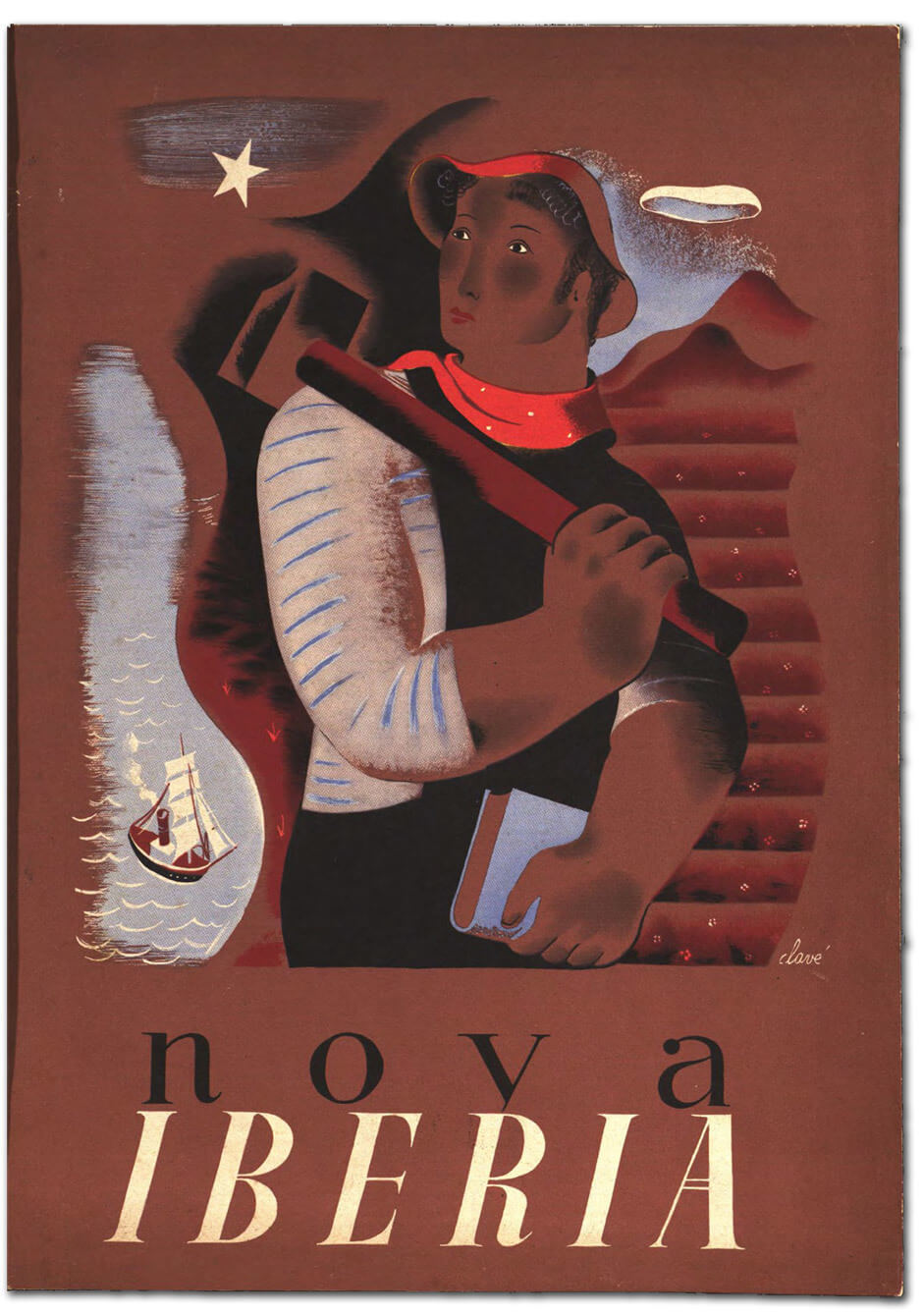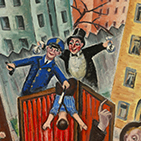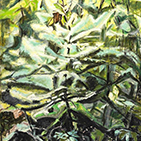Presents from Madrid 1937

Paraskeva Clark, Presents from Madrid, 1937
Watercolour over graphite on wove paper, 51.5 x 62 cm
National Gallery of Canada, Ottawa
Presents from Madrid is the first work with political content that Clark exhibited. She submitted it to the Canadian Society of Painters in Water Colour show in April 1937, the year she was elected as a member. It is a strong composition, significant for its subject matter, and demonstrates the artist’s increasingly skilful use of watercolours.


Clark’s new interest in the social role of the artist and her politicization were sparked by Dr. Norman Bethune in 1936 and expressed in her New Frontier article in February 1937. In Presents from Madrid, Clark demonstrates her sympathy for the Spanish Republican cause by painting the mementoes Bethune sent her from Spain, arranged on a table against the wall. The items include a scarf or banner of the CNT (Confederación Nacional del Trabajo), some medieval Spanish sheet music, a cap worn by the International Brigades, and the first issue of the magazine Nova Iberia (January 1937). It is an allegory of the fight for Spain—to preserve its ancient culture and build a brighter future for its people.
In tilting the still-life objects upward to display them better for the viewer, Clark referenced her teacher Kuzma Petrov-Vodkin (1878–1939). The accumulation of elements that zigzag across the surface read like a collage whose flattening effect is heightened by the typography. Her new interest in collage was sparked by the Russian art journals she ordered from New York in the fall of 1936, which contained illustrations of political posters by avant-garde artists such as Gustav Klutsis (1895–1938). His photo montages, such as U.S.S.R. Shock Brigade of the World Proletariat, 1931, reproduced in Iskusstvo 4 (1933), brought together disparate images in bold compositions, often accompanied by slogans to clarify the political content.
Clark did not, however, go so far as to eliminate pictorial space entirely; depth is registered by the overlapping of objects and shading, particularly in the right-hand page of the manuscript, while the table recedes into the background at the right. Clark used a similar “collage” effect in a watercolour entitled Mao Tse Tung, 1938, picturing items Bethune sent her in correspondence from China.

 About the Author
About the Author
 More Online Art Books
More Online Art Books
 Acknowledgements
Acknowledgements